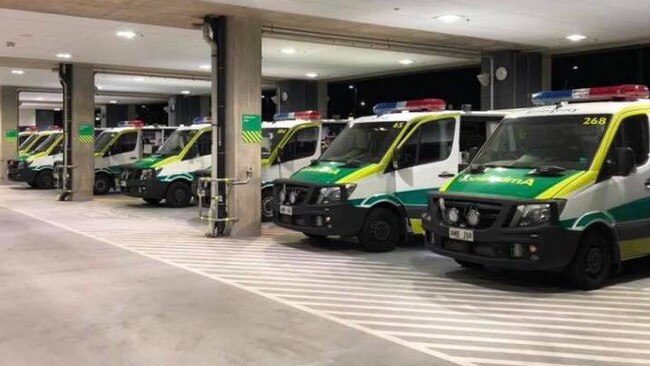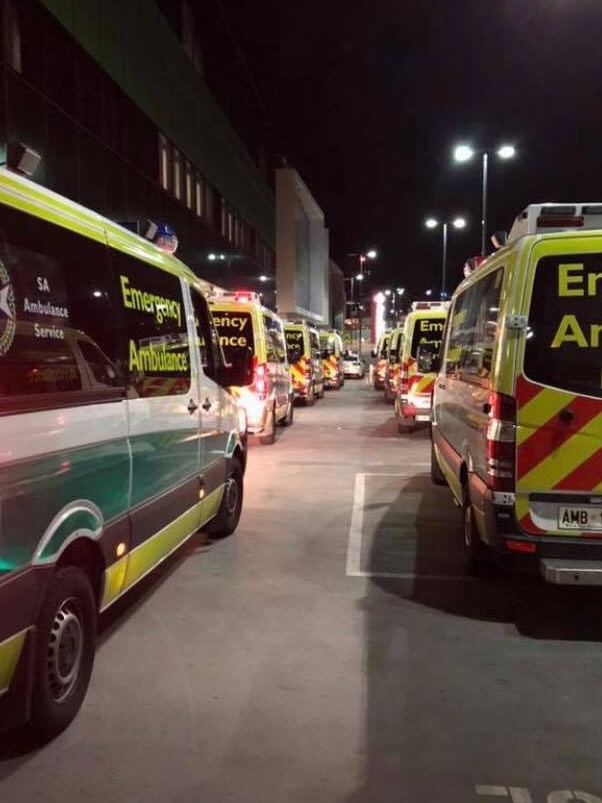Seven-point action plan to end chronic ambulance ramping at Royal Adelaide Hospital
A plan to end chronic ramping at the Royal Adelaide Hospital has seven core themes – from diverting non-vital patients away from hospitals, to holding “proactive huddles” when gridlock looms.
National
Don't miss out on the headlines from National. Followed categories will be added to My News.
- Ambo union claims ‘frightening shortage’ as ramping hits epic levels
- Action plan has team just to deal with aged patients
- Elderly woman waited eight hours in ambulance
- 18 ambulances stuck in car park at once
A comprehensive action plan to end chronic ambulance ramping at the Royal Adelaide Hospital has been unveiled, with initiatives ranging from better use of community care to “proactive huddles”.
The plan has seven themes which Central Adelaide Local Health Network chief executive Lesley Dwyer said aims to make “routine ramping across CALHN a thing of the past.”
The ramping road map came out of the Stop Ramping workshop on February 14 when more than 100 people from ambulance officers to GPs met to try to solve the emergency department gridlock and ramping.

The action plan bluntly outlines many flaws in the existing system, from short-term planning and slow decision-making through to mental health patients spending an average of 18 hours stuck in the RAH ED.
It also noted that on Sundays there are the highest presentations at the RAH ED but the lowest number of inpatient discharges - a recipe for clogging the system.

As reported by The Advertiser, the plan has already begun with a move to include geriatrics and allied health experts in the ED to identify patients who could be cared for without needing to be admitted, freeing up beds.
A patient engagement campaign called “Don’t Delay, Ask Today” is also being rolled out across CALHN wards, as are “proactive huddles” – swift impromptu meetings to head off looming gridlocks.


Ms Dwyer said the plan outlines key themes at each stage of the patient journey that are the underlying causes of ramping and the initiatives to address them.
“We have hit the ground running, with several road map initiatives already underway,” she said. “We will now plan for and implement the others in the coming months.”
The seven themes are:
BETTER advance planning in managing volume – includes moving from 24-hour to seven-day planning;
MORE timely senior decision-making – includes placing geriatricians and allied health experts in EDs;
HOSPITAL avoidance and better use of community care – includes considering non-hospital pathways for patients who may not need to be in hospital;
OPTIONS to bypass emergency department – includes hospital transfers where patients are admitted directly to the receiving ward;
RAMPING awareness outside of the ED – includes CALHN-wide awareness campaign about ramping and procedures for when the ED is at capacity;
PATIENT engagement – includes ensuring consistent, best-practice pathways for high-volume patient groups;
WEEKEND care and discharge planning.
Originally published as Seven-point action plan to end chronic ambulance ramping at Royal Adelaide Hospital



